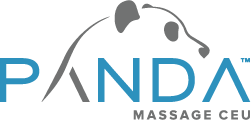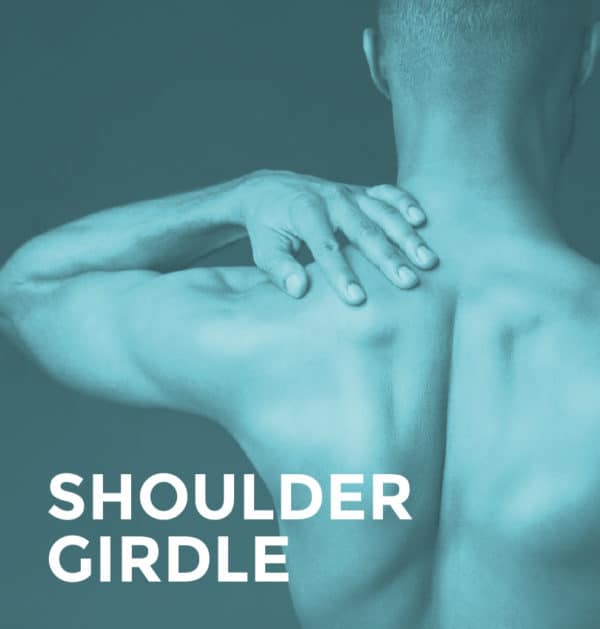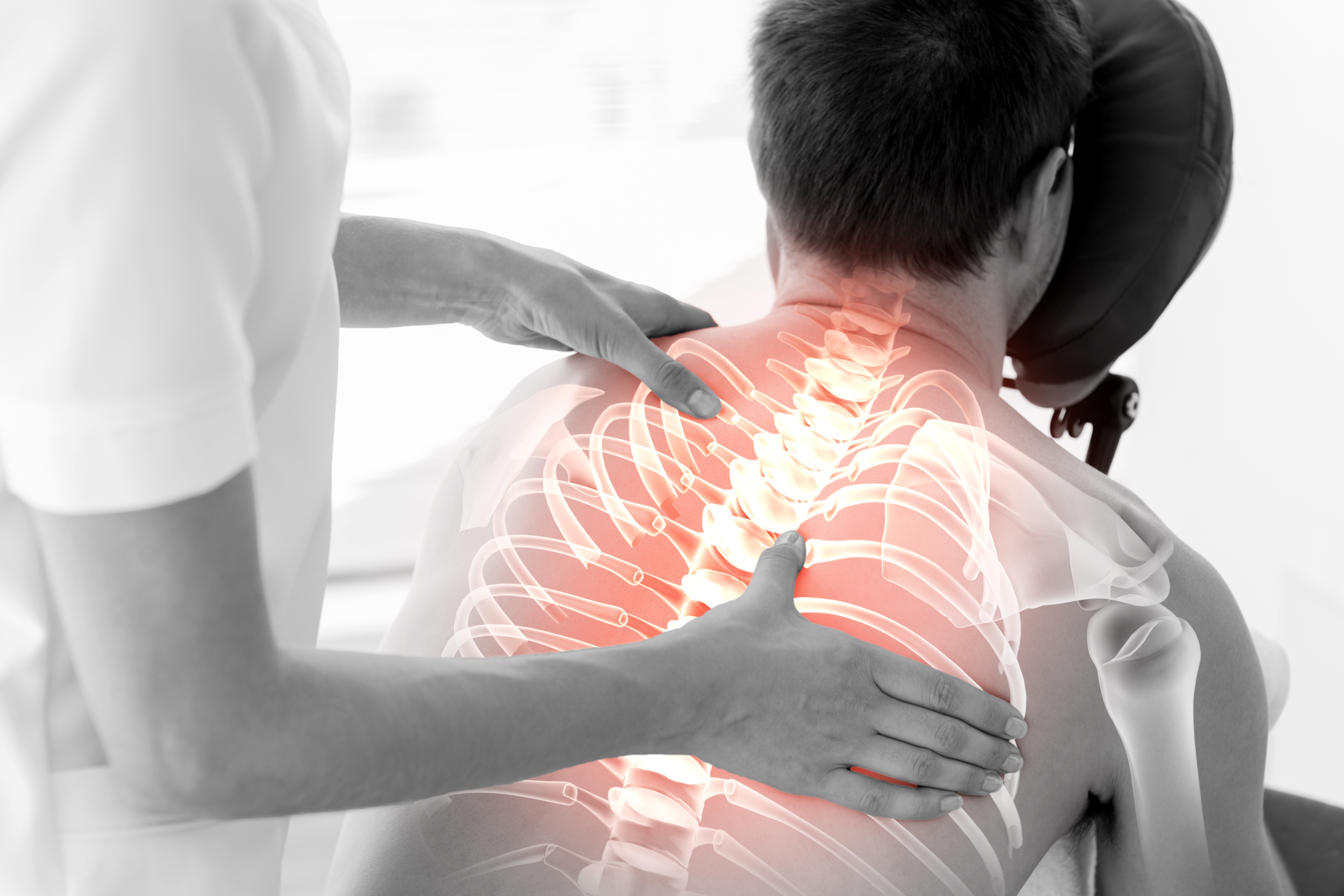Shoulder Girdle CEU Course – Outline and Learning Outcomes
The main objective of this class is to gain a basic understanding of the anatomy and function of the shoulder. Obtain an understanding of the pathologies of the shoulder and how to treat issues that will show up in the treatment room. The goal of this course is to increase the confidence of the therapist in the treatment room with clients that have shoulder issues.
- Explore the anatomy of the shoulder
- Define and describe the bones, joints, and muscles of the shoulder complex
- Identify the movement and function of the shoulder
- List pathologies of the shoulder
- Review treatment plan for shoulder pathologies
And with our Shoulder Girdle Massage CEU course, it’s readily available to practitioners like you. If you’ve been in search of shoulder girdle training, look no further than this comprehensive online course from Panda Massage CEU™.
Learning Objectives for Our Shoulder Girdle CEU Course
First, by examining a list of this class’s learning objectives, you’ll understand what you can expect to gain from participating in this course. And, secondly–and perhaps even more importantly–you stand to gain as an adult learner. When taking on new information as an adult, there are both disadvantages to be overcome (maybe it’s been awhile since you’ve been in school) as well as advantages to be harnessed (you’re motivated, focused, and probably more interested in the content than the average college student). As a result of preparing you for what the course will cover, reading through the learning objectives will help to increase your level of retention throughout the course and aid in making your learning more effective and efficient.
In layman’s terms, our continuing education course will cover the history of the technique, its benefits, various contraindications, and an effective sequence of techniques for you to use in your massage practice.
That said, let’s go into more detail. After completing this course, you’ll have a better understanding of the following:
Anatomy of the Shoulder
The four bones of the shoulder girdle make up the clavicle, scapula, humerus, and the rib cage. These bones make up the joints of the shoulder girdle, which are the sternoclavicular, acromioclavicular, scapulothoracic, and glenohumeral joint. The clavicle or the collarbone is classified as a long bone. The clavicle articulates with the sternum and the scapula and makes up two joints. It is also an attachment site for the deltoid, trapeziums, subclavius, pectoralis major, sternocleidomastoid, and sternohyoid.
The scapula found on the posterior aspect of the rib cage is a flat bone that is also known as the shoulder blade. This bone articulates with the clavicle and humerus and rotates in an upward and downward rotation in relationship with the humerus. The muscles that attach to the scapula via the coracoid process is the pectoralis minor, coracobrachialis, and biceps brachii. The other muscles that attach to the scapula are the serratus anterior, triceps brachii, latimissu doris, and the subscapularis.
Articulating with the scapula is the humerus. The humerus is classified at a long bone, and is the longest bone in the arm. The muscles that attach to the scrapula and the humerus are the supraspinatus, infraspinatus, teres minor and major, subscapularis, triceps brachii, and coracobrachialis. The brachioradialis, brachials, and pronator teres, and all have attchements on to the humerus and the forearm. Latissiums Dorsi and pectoralis major have attachments to the ribcage and the humerus.
Part of the shoulder complex is the rib cage even though it does not directly articulate with the scapula and humerus. The rib cage give a track for the scapula to move in it’s four movements, upward or downward rotation and retraction or protraction. The rib cage house the vital organs such as the heart, lungs, liver, spleen, and kidneys. There are 12 pairs of ribs which makes 24 total.
Articulating with the clavicle, the sternum is a flat bone in the middle of the rib cage that protects the heart and lungs. The sternum is also an attachment site for the ribs forming the sternocostal joints. Sternum is an attachment site for pectoralis major.
This synovial joint, the sternoclavicular joint, is where the sternum and the clavicle meet. This small joint has five movements, elevation, depression, protraction, retraction, and rotation, that is influenced by muscles attach to the clavicle. These muscles of influence are subclavius, deltoid, trapezius, and the sternocleidomastoid.
The acromioclavicular joint is a synovial joint where the scapula and clavicle meet. The muscle that cross the the acromioclavicular joint and have influence is are the upper fibers of trapezius, anterior and middle deltoid and subclavian. During the abduction past 90 degrees of the humerus and upward rotation of the scapula the acromioclavicular joint will move superiorly to make room for the head of the humerus.
The acromioclavicular joint is a synovial joint where the scapula and clavicle meet. The muscle that cross the the acromioclavicular joint and have influence is are the upper fibers of trapezius, anterior and middle deltoid and subclavian. During the abduction past 90 degrees of the humerus and upward rotation of the scapula the acromioclavicular joint will move superiorly to make room for the head of the humerus.
The scapulothoracic joint, which is not a true joint, is where the scapula and rib cage meet. The movement of the scapula on the rib cage has 40 degrees of elevation and 10 degrees of depression. There is also 20 degrees of protraction,15 degrees of retraction and 60 degrees of external rotation and 60 degrees of internal rotation. The muscles that influence this joint are the trapezius, levator scapula, rhomboids, and serratus anterior.
The ball and socket joint where the humerus and scapula meet is called the glenohumeral joint. This synovial joint has six movements, flexion extensions, abduction adduction internal and external rotation. The muscles influence the joint are the pectoralis major, deltoid, biceps brachii, triceps brachii, supraspinatus, infraspinatus, and teres major and minor.
What are CEUs, and Why are They Important?
Your continuing education as a massage professional involves two important components. On the one hand, your daily experience in the clinic provides you with a practical education that’s an absolute necessity to your professional growth. At the same time, however, it’s equally essential to continue your education in a more traditional way. If you’re wondering how you can do that, we’re here to help. Massage CEUs, or Continuing Education Units (GUIDE TO LMT CONTINUING EDUCATION), are an excellent way to keep learning long after you’ve graduated from a massage program.
And while massage CEUs are a huge part of professional development, they’re also often a legal requirement. In most states, all licensed practitioners are required to take a certain number of CEU hours (NCBTMB GUIDE) each year (or sometimes every two to three years) in order to keep their license current.
As an NCBTMB Approved Provider of CEUs, Panda Massage CEU can provide you with quality education that fulfills state and national requirements.
Why Choose Panda Massage CEU?
There may be other online providers of massage CEU courses, but we’re confident that Panda Massage CEU is the best choice for your continuing education needs:
Quality
Other courses are of questionable quality. Meanwhile, we’re proud to offer some of the best massage CEU courses in the country, and stand by our quality 100%.
Unique Topics
We offer required courses like medical errors, which many states mandate that you take. But we also have exciting courses with unique topics such as deep tissue, hydrotherapy, and more.
Professional Narration
Some online courses are poorly made, with low quality audio. Our courses are professionally narrated, and of the highest caliber.
Self-Paced
Sometimes, your busy schedule can interfere with your ability to obtain CEUs. We understand this, and that’s why all of our courses are self-paced. No matter how hectic your schedule gets, you’ll be able to keep up with the material.
Great Prices
Our courses aren’t just high quality: they’re also an amazing value. Our affordable prices mean that our CEU courses work with any budget. And remember: online courses can save you thousands of dollars that you’d spend on travel while attending an in-person course.



There are no reviews yet.